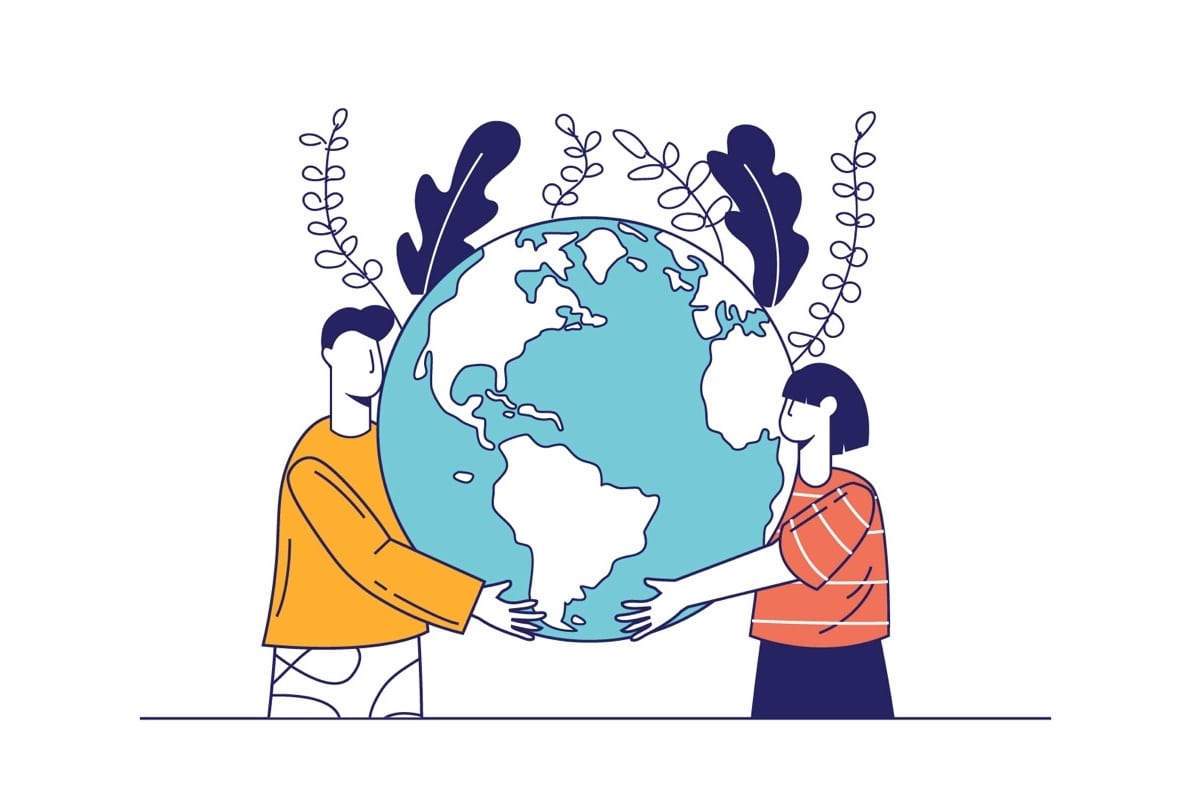The World Bank Group – the biggest provider of climate finance to developing countries – is now aiming for 45% of all financing to go toward climate projects by 2025.

The World Bank Group President Ajay Banga told in a BloombergNEF interview that the Group aims to raise annual climate financing to $40 billion by the end of the next fiscal year in June 2025.
The Bank has recently found itself ahead of the previously set goal to put 35% of total financing into climate projects. Thus, last year, climate projects received $38.5 billion in funding. It increased its target accordingly, now aiming for 45% of the total financing to go toward climate projects by mid-2025. The new goal was first announced at the COP28 climate conference in Dubai.
The estimated amount of $40 billion will be equally split between mitigation measures to reduce or avoid emissions and adaptation initiatives aiming to adjust economies and infrastructures to climate change impacts such as hurricanes, water problems, soil degradation or biodiversity loss. The reasoning behind the financing split is to make sure that both “the concerns of the global South as well as the global North are addressed.”
The largest shareholders of the Bank – the US, Japan, China, Germany, France and the UK – have supported the new climate-focused vision. The new strategy presupposes the Bank to catalyse mobilizing private capital for mitigation, and to serve as the senior player in adaptation funding.
Among the next priority projects for the World Bank, there’s a $15 billion plan to provide renewable energy to 100 million people in Africa, an international initiative to monetize carbon credits at premium pricing, and a plan to limit methane emissions and support green hydrogen infrastructure in India.
Most of the private sector capital will go to mitigation and renewable energy rather than adaptation projects due to the regulatory challenges of transition finance and higher returns brought by solar and wind energy solutions, electric buses, cars and battery systems.
Therefore, Mr Banga believes that money for adaptation projects will mostly come from the public sector, either the government or MDB (Multilateral Development Bank).
Among other sources of non-private sector funding, there’s $1.25T that currently goes into subsidies for fossil fuels and agriculture, as well as carbon markets.
In late 2022, the World Bank launched the Carbon Asset Tracking System. It is supposed to clarify the carbon credits market and help developing countries raise climate finance quickly and affordably. At present, the Bank is working with five countries that have shown interest in monetizing credits, with another 10 in the pipeline. They could all generate about 120 million credits over the next 4-5 years, potentially increasing the price per credit.









